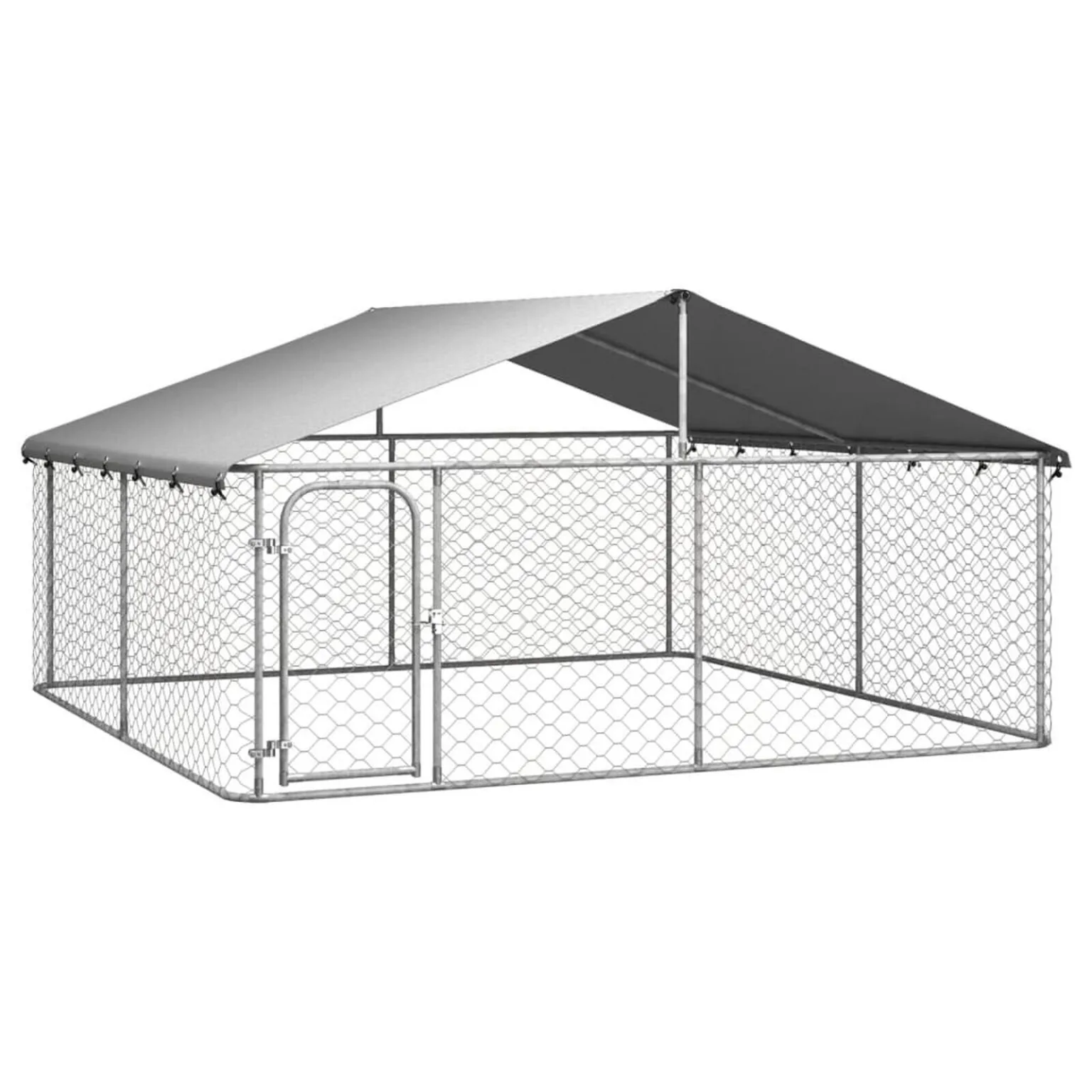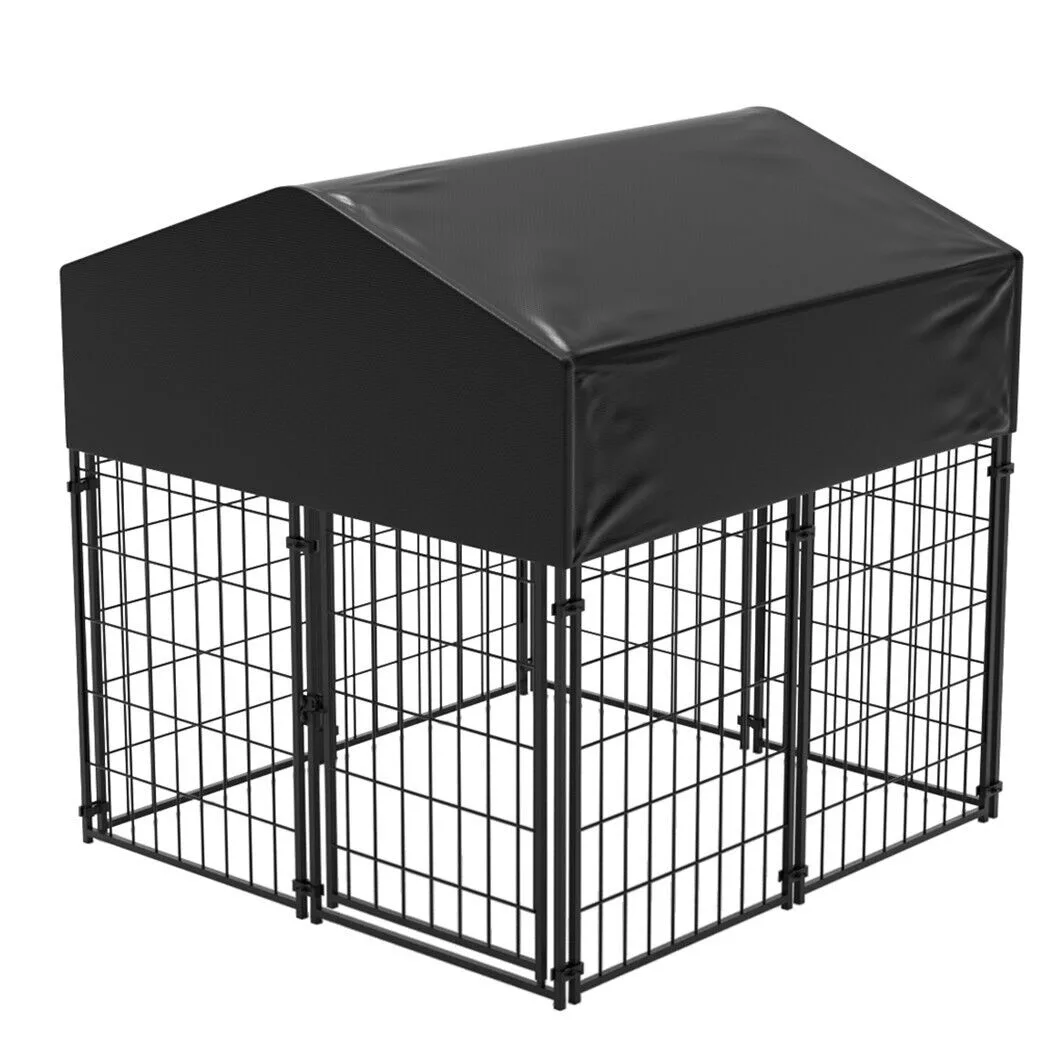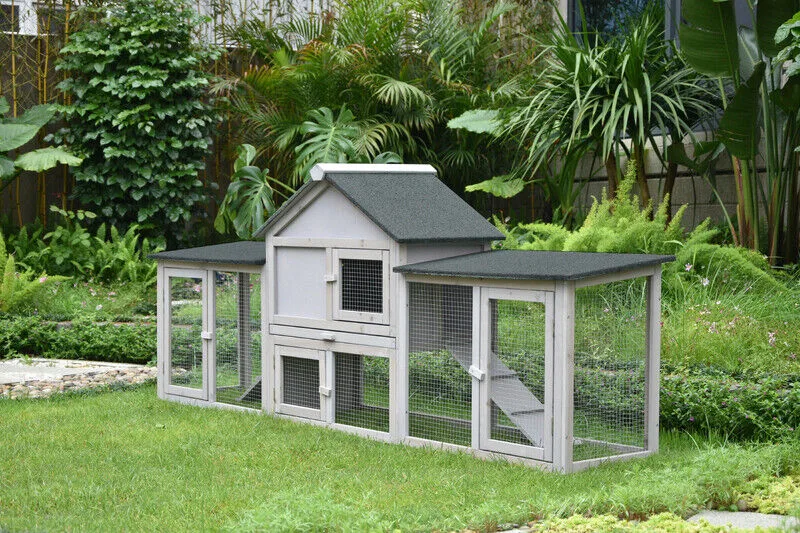Finding the Best Kennels for Dogs: A Comprehensive Guide
Choosing the right kennel is one of the most significant decisions you can make for your furry friend’s comfort and safety. This guide will help you understand the essentials in selecting the best kennels for dogs, ensuring your pet feels secure, comfortable, and happy.
What Makes a Great Dog Kennel?
Durability and Materials
The best dog kennel will stand the test of time and weather. Look for materials that are both durable and safe for your pet, such as high-density plastic, treated wood, or coated metal.
Comfort and Size Considerations
Size matters when it comes to kennels. Your dog should be able to stand, turn around, and lie down comfortably. Adequate ventilation and insulation are also crucial for their comfort.
Types of Dog Kennels
Traditional Wooden Kennels
Wooden kennels are not only aesthetically pleasing but also provide good insulation against cold. However, they require regular maintenance to prevent decay.
Modern Plastic Kennels
Plastic kennels are lightweight, easy to clean, and resistant to weather, making them a great choice for both indoor and outdoor use.
Metal Wire Kennels
These are ideal for maximum ventilation and visibility for your dog. They are especially useful during training phases but may not provide sufficient protection from the elements.
Choosing the Best Kennel for Your Dog
Assessing Your Dog’s Needs
Consider your dog’s size, temperament, and the climate of your area. Each factor will influence the type of kennel that is best for your pet.
Space Requirements
Ensure the kennel fits in your designated space without obstructing pathways or entrances. Outdoor kennels should be placed in a shaded area to protect dogs from extreme temperatures.
Features of the Best Dog Kennels
Weather Resistance
For those looking for the best outdoor dog kennel in Australia, it’s crucial to find a product that can withstand harsh weather conditions.
Ease of Cleaning
Look for kennels with removable floors or accessible designs that make cleaning simple and efficient.
Security Features
Secure latches and robust design are essential to keep your dog safe from escape and potential threats.
Choosing the Best Kennel for Your Dog
Assessing Your Dog’s Needs
Consider your dog’s size, temperament, and the climate of your area. Each factor will influence the type of kennel that is best for your pet.
Space Requirements
Ensure the kennel fits in your designated space without obstructing pathways or entrances. Outdoor kennels should be placed in a shaded area to protect dogs from extreme temperatures.
Features of the Best Dog Kennels
Weather Resistance
For those looking for the best outdoor dog kennel in Australia, it’s crucial to find a product that can withstand harsh weather conditions.
Ease of Cleaning
Look for kennels with removable floors or accessible designs that make cleaning simple and efficient.
Security Features
Secure latches and robust design are essential to keep your dog safe from escape and potential threats.
Choosing the Best Kennel for Your Dog
Assessing Your Dog’s Needs
Consider your dog’s size, temperament, and the climate of your area. Each factor will influence the type of kennel that is best for your pet.
Space Requirements
Ensure the kennel fits in your designated space without obstructing pathways or entrances. Outdoor kennels should be placed in a shaded area to protect dogs from extreme temperatures.
Features of the Best Dog Kennels
Weather Resistance
For those looking for the best outdoor dog kennel in Australia, it’s crucial to find a product that can withstand harsh weather conditions.
Ease of Cleaning
Look for kennels with removable floors or accessible designs that make cleaning simple and efficient.
Security Features
Secure latches and robust design are essential to keep your dog safe from escape and potential threats.
Best Dog Kennels for Different Breeds
Small Breeds
Small breeds require cozy spaces that make them feel secure, not overwhelmed.
Medium Breeds
Medium-sized kennels offer the best balance between space and comfort for average-sized dogs.
Large Breeds
Larger breeds need robust and spacious kennels that can accommodate their size and strength.
The Importance of Proper Kennel Placement
Indoor vs. Outdoor Placement
Choose a location that keeps your dog comfortable and safe, considering factors like sunlight, wind, and foot traffic.
Safety Considerations
Ensure the kennel area is free from hazards like toxic plants, chemicals, or sharp objects.
Best Practices for Kennel Training
Training Tips
Introduce your dog to the kennel gradually, using positive reinforcement to create a positive association.
Making the Kennel Inviting*
Equip the kennel with comfortable bedding, toys, and occasional treats to make it a place your dog wants to spend time in.
Best Outdoor Dog Kennels in Australia
Product reviews and user feedback highlight the importance of choosing kennels that are designed for the Australian climate, focusing on features like UV protection and robust construction.
Common Kennel Mistakes to Avoid
Size Mismatches
Choosing a kennel that’s too small or too large for your dog can lead to discomfort or security issues.
Poor Material Choices
Avoid materials that can deteriorate quickly or harm your pet, such as certain metals that rust or treated woods that emit harmful chemicals.
Maintenance and Care of Dog Kennels
Routine Cleaning
Regular cleaning is essential to keep the kennel hygienic and smelling fresh.
Long-Term Care Tips
Inspect the kennel periodically for damage or wear and replace any faulty components promptly.
Accessories for Dog Kennels
Recommended Accessories
Consider adding kennel covers, heating pads, or cooling mats to enhance comfort depending on the season.
Enhancing Comfort and Usability*
Additional features like partition panels can be useful for managing space or housing multiple pets.
Cost Considerations When Buying a Kennel
Budgeting for the Best
While it’s tempting to save money, investing in a high-quality kennel can reduce long-term costs related to replacements and repairs.
Cost vs. Quality
Balance your budget with the need for a durable and safe environment for your pet. Sometimes, spending a little more upfront can save money and hassle later.
Where to Buy the Best Dog Kennels
Online Resources
Online retailers often offer a wider range of products and reviews that can help you make an informed decision.
Local Store Recommendations*
Visiting local pet stores can provide the opportunity to see and touch the kennels before making a purchase, ensuring you find the dog kennel best suited for your needs.
Conclusion
Investing in the right dog kennel is crucial for your pet’s well-being. By considering the factors outlined above, you can choose a kennel that ensures your dog’s comfort, safety, and happiness. Remember, a happy dog leads to a happy home!
FAQs About Dog Kennels
What size kennel does my dog need?
- Your dog should be able to stand up, turn around, and lie down comfortably in their kennel. Measure your dog’s height and length and add a few inches to each measurement to determine the ideal kennel size.
How often should I clean my dog’s kennel?
- Clean the kennel at least once a week, or more frequently if it becomes soiled. Regular cleaning prevents odors and maintains a healthy environment.
Can a dog kennel be too big?
- Yes, a kennel that is too large can make some dogs feel insecure. It’s important to choose a size that provides security and comfort, especially for smaller breeds.
What materials are best for a dog kennel?
- High-density plastic, treated wood, and coated metal are excellent choices for durability and safety. Consider your climate and the kennel’s location when choosing materials.
Is it better to place a dog kennel inside or outside?
- This depends on your living situation and climate. Outdoor kennels provide more space and fresh air, but indoor kennels are better for extreme climates and offer more security.









